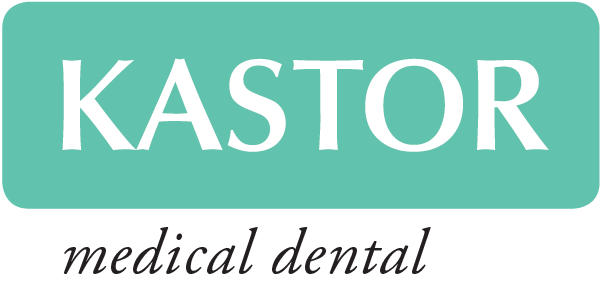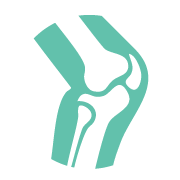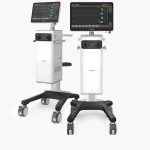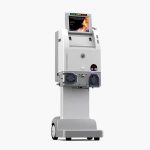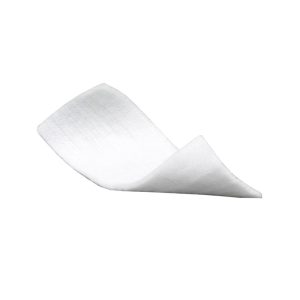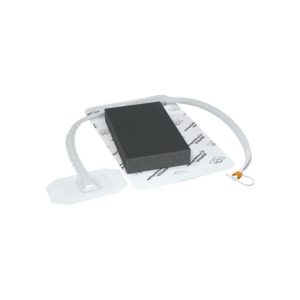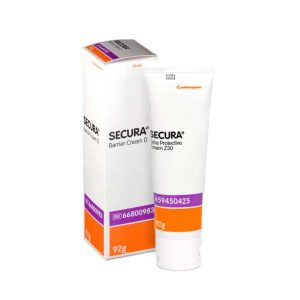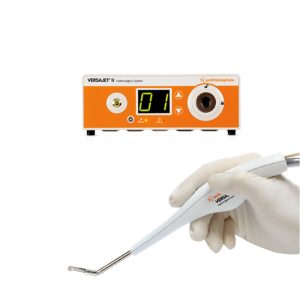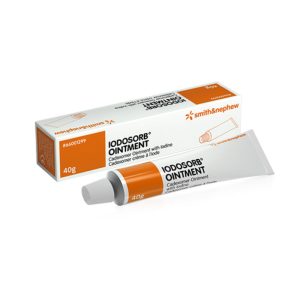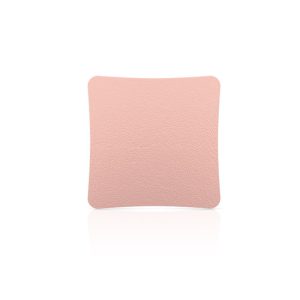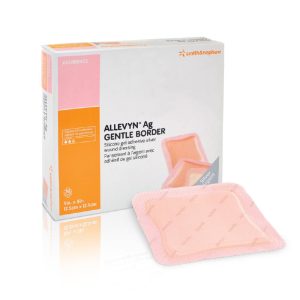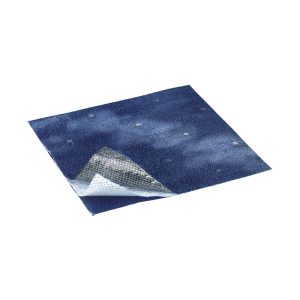
TIME - the wound healing concept
The TIME model has the advantage of systematic and continuous wound care, using logical and strategically oriented steps. The aim of the model is to create optimal wound conditions, such as removing damaged tissue, bacterial burden, creating an optimal moisture balance, protecting the wound edges and removing other obstacles that inhibit healing. Wound bed preparation is part of a comprehensive wound assessment that also takes into account the patient's psychosocial needs and the underlying aetiology. Applying the model in this context leads to more successful and faster healing.
Lorem ipsum dolor sit amet, consectetur adipiscing elit. Ut elit tellus, luctus nec ullamcorper mattis, pulvinar dapibus leo.
The TIME concept model consists of four elements
Tissue
management
Tissue
Supply
Tissues
Wound assessment
Chronic wounds, poor healing, non-critical and damaged tissue.
Clinical activities
Removal of damaged tissue, enzymatic, autolytic, surgical debridement of the wound.
Proposed products
Treatment outcome
Wound blood supply
Inflamation and/or infection control
Infection
Supervision of
inflammation and infection
Wound assessment
Increased secretion, tissue discolouration, swelling, odour
Clinical activities
Removal or reduction of bacterial burden, antibacterial action, removal of dead tissue
Proposed products
Treatment outcome
Reduces inflammation
Moisture
imbalance
Humidity
Poor balance
moisture
Wound assessment
Clinical activities
Establishing moisture balance or increasing moisture absorption, moisturising a dry wound
Compression therapy
Proposed products
Treatment outcome
Optimal wound moisture
Edge of wounds - non advancing
Epithelisation
Epithelial progress
(edge progress)
Wound assessment
Chronic wounds, poor healing, non-critical and damaged tissue.
Clinical activities
Removal of damaged tissue, enzymatic, autolytic, surgical debridement of the wound.
Proposed products
Treatment outcome
Wound healing
